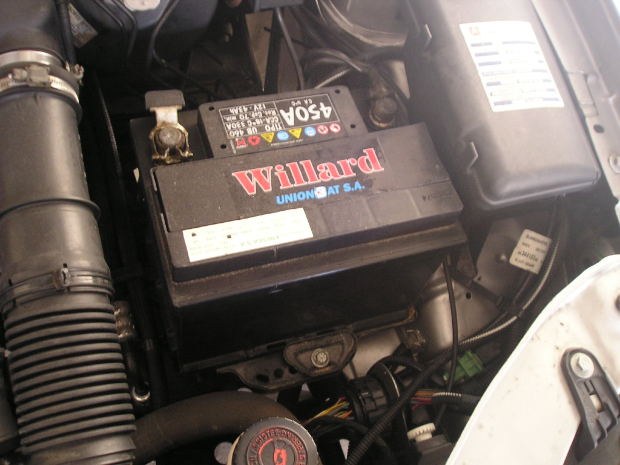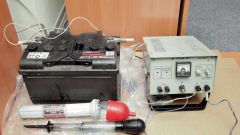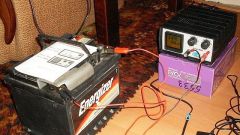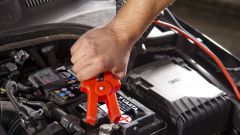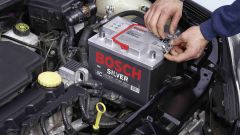Instruction
1
First decide whether you remove the battery or charge it in the car. In the first case, charge the battery will be a little easier, but if your car is equipped with electronics (alarm, radio, climate control, etc.), the settings of these devices go astray. In the second case, all settings will remain, however, in the battery charging process will have to be particularly careful not to damage the conductive elements.
2
Before charging maintenance-free battery, prepare. The battery should be charged in a warm and dry place (if you don't plan to remove it from the car, that will be enough to put the car in the garage). If the car was standing in a cold place, let the battery warm for a few hours, he warmed up to room temperature. If the battery will be charged directly in the car, make sure you turn off or put in sleep mode the ignition and all electrical auxiliary devices. Remove the battery parameters: transparency of the electrolyte and its density on the banks, the voltage at the terminals. Also determine the partial or total charging needs of the battery.
3
Use the charger that the output maintains a predetermined voltage and controls the current. Provide the most stable contact of the battery with the charger. Please note that the terminal voltage during charging, in any case should not exceed to 15.5 V. If it is too deep discharge we recommend that you first charge the battery at a voltage of 12 V, and then, when the current will increase to 1\10 battery capacity, boost the voltage to 14.4 V. Charge the battery as long as the charge current falls to 200mA at terminal voltage of 14.4 V.
Note
The starting currents when starting the engine due to thickened lubricant increase and if not promptly recharge the battery at any time, without the "booster" battery from another car to start the engine may fail. Therefore, before the onset of frost, it is mandatory to charge an external battery charger to 100%. Charging a car battery serve as charger.
Useful advice
I wonder what will a person do when the "dead" car battery and the car will refuse to start? Of course, one simple solution is to call friends and try to start the car with a jolt. After reading this article and remembering the basic principles and actions when charging the battery. Well, more to the point – charge a car battery with a special device, which people dubbed the "charger".
